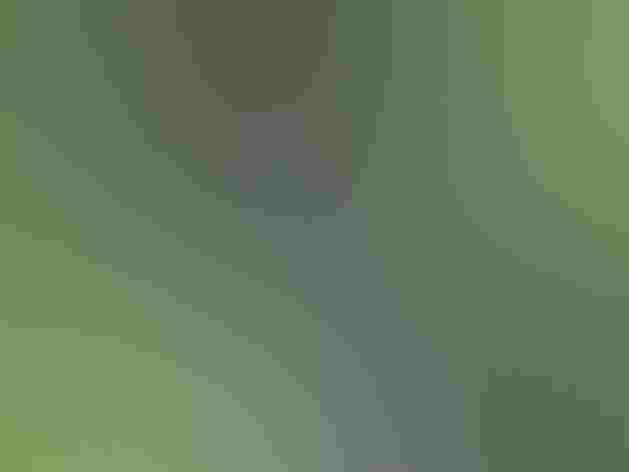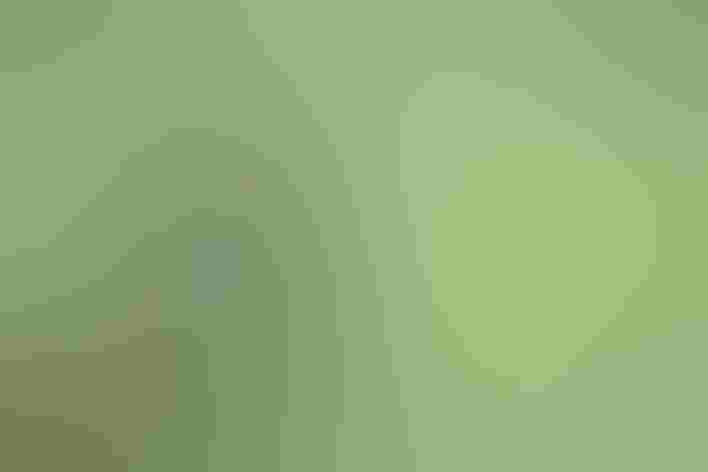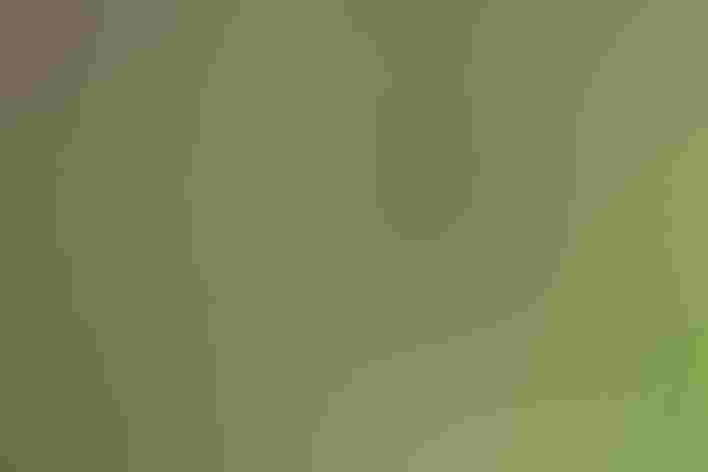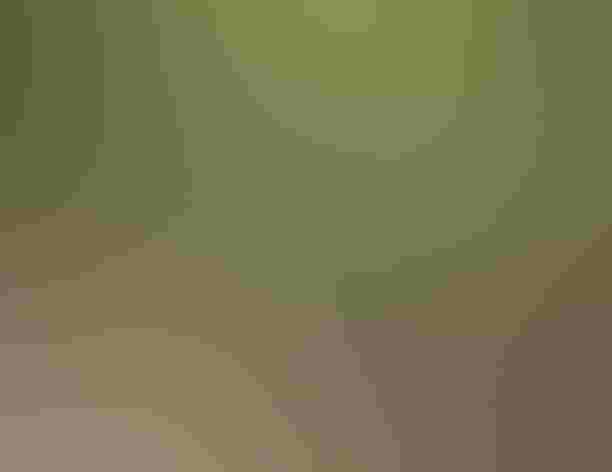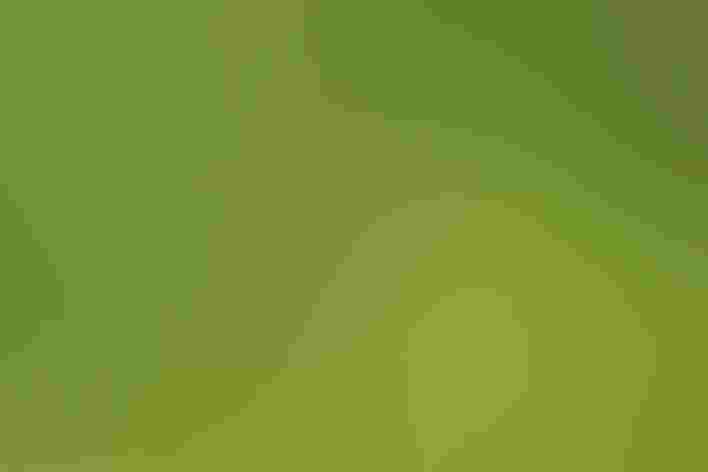Smooth-billed Ani
At a Glance
John James Audubon and other early naturalists failed to find the Smooth-billed Ani in Florida, but it became a regular nesting bird there during the 1930s and was fairly common for several decades. Recently it has become very scarce again and may disappear from Florida.
All bird guide text and rangemaps adapted from Lives of North American Birds by Kenn Kaufman© 1996, used by permission of Houghton Mifflin Harcourt Publishing Company. All rights reserved.
Category
Cuckoos, Roadrunners, Anis, Perching Birds
Conservation
Low Concern
Habitat
Fields, Meadows, and Grasslands, Forests and Woodlands, Shrublands, Savannas, and Thickets, Urban and Suburban Habitats
Region
Florida
Behavior
Flap/Glide, Formation
Population
20.000.000
Range & Identification
Migration & Range Maps
Present in southern Florida at all seasons, but some may move back and forth between Florida and Cuba.
Description
14" (36 cm). A big, long-tailed, loose-jointed bird. Like Groove-billed Ani but with higher peaked ridge on bill (and lacks grooves there).
Size
About the size of a Crow, About the size of a Mallard or Herring Gull
Color
Black
Wing Shape
Fingered, Rounded
Tail Shape
Long, Rounded, Wedge-shaped
Songs and Calls
Slurred double note with a rising inflection that has a whining, metallic quality; quite different from that of the Groove-billed Ani.
Habitat
Brushy edges, thickets. In Florida, usually found where dense brush stands next to open fields, pastures, or marshes. In its tropical range, found in a variety of brushy or semi-open habitats in the lowlands, mainly in humid areas. Generally avoids unbroken forest.
Sign up for Audubon's newsletter to learn more about birds like the Smooth-billed Ani
Behavior
Eggs
About 4 blue eggs laid by each female in group; nest may have up to 20 or more eggs. Incubation is by both sexes and apparently involves all adults in group, about 14 days.
Young
Apparently fed by all adults in group; may climb out of nest before old enough to fly. Age at first flight not well known.
Feeding Behavior
Forages mostly on the ground, hopping and running rather clumsily; will also forage well up in bushes. In pastures, often associates closely with cattle or other grazers, catching the insects flushed by the larger animals.
Diet
Mostly large insects. Feeds on insects including grasshoppers, beetles, moths, caterpillars, and others. May take external parasites from cattle. Also eats spiders, snails, and often small lizards. Will consume many small fruits and berries at some seasons, also seeds. May sometimes eat eggs of other birds.
Nesting
Often nests communally: one or more pairs (perhaps as many as five pairs) will work together to build one large nest; then each female lays eggs there, and all the adults help to incubate the eggs and care for the young. Nest site is in dense shrub or tree, 5-30' above the ground, usually fairly low. Nest (built by both sexes, apparently by all adult members of group) is a bulky bowl of twigs and weeds, lined with leaves.
Climate Vulnerability
Conservation Status
In Florida, apparently increased through middle part of 20th century; has declined again since 1970s. In tropics, has increased as clearing of forest has created more open habitat.

